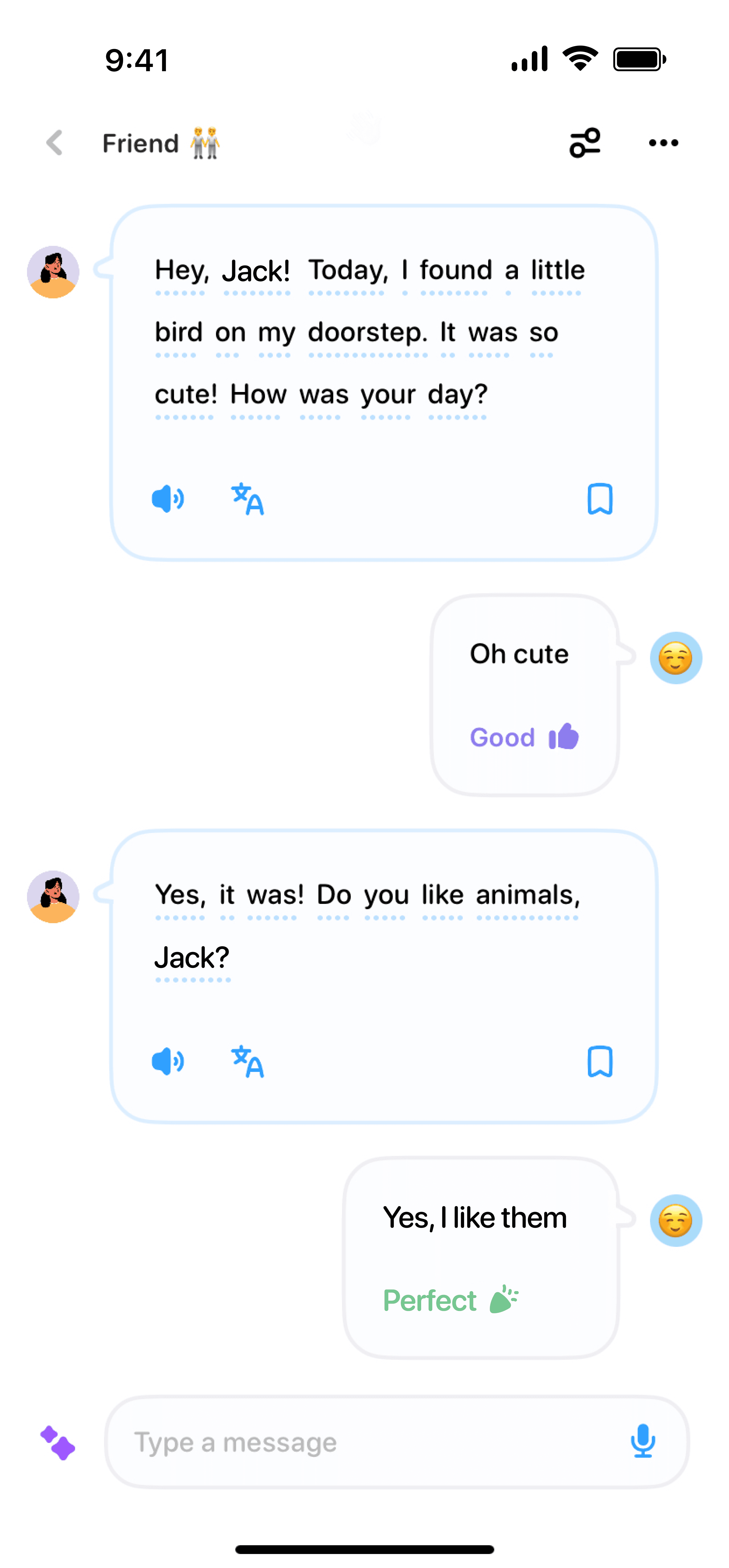06/21/2024
·
Emma Robbie
Learning Spanish translation can be a fun and rewarding journey. Whether you're hoping to use your skills for travel, work, or personal enrichment, translating between Spanish and English is a great way to enhance your bilingual abilities. Let’s dive into some practical tips and essential basics to help you get started on the right foot!
Why Learn Spanish Translation?
Spanish is one of the most widely spoken languages in the world, with over 400 million native speakers. Translation skills can open doors to a plethora of opportunities, from improved communication in personal relationships to career advancements in diverse fields. Plus, it’s a fantastic way to exercise your brain and gain a deeper understanding of both your native language and Spanish.
First Steps in Learning Spanish Translation
Expand Your Vocabulary
When learning Spanish translation, building a robust vocabulary is crucial. Start with common words and phrases, and gradually expand your repertoire to more specialized terms. Using flashcards, mobile apps, and reading materials can help you memorize and retain new words effectively.
Master Basic Grammar Rules
Understanding grammar is essential for accurate translations. Pay attention to key aspects such as sentence structure, verb conjugations, and gender agreement. Familiarize yourself with Spanish grammar rules and practice them frequently through exercises and writing.
Dive into Listening and Reading
Immerse yourself in the language by listening to Spanish podcasts, music, and watching Spanish movies and TV shows. Reading Spanish books, newspapers, and articles will expose you to different contexts and sentence structures, enriching your translation skills.
Practical Tips for Beginners
Use Translation Tools Wisely
Online translation tools like Google Translate can be helpful, but they’re not perfect. Use them to get a general idea of phrases and sentences, but always double-check and refine the translation yourself. Rely on reputable bilingual dictionaries and language forums for more accurate translations.
Practice with Simple Texts
Start translating simple texts such as short articles, children’s stories, or song lyrics. These texts are usually straightforward and provide an excellent foundation for your translation practice. As you become more confident, gradually tackle more complex materials.
Join Language Learning Communities
Engage with online forums, social media groups, and local language learning clubs. These communities are rich resources for getting feedback on your translations and learning from others’ experiences. Don’t be afraid to ask questions and share your work for constructive critique.
Common Pitfalls to Avoid
Translating Word-for-Word
One of the most common mistakes beginners make is translating word-for-word. Languages have unique idioms, expressions, and cultural nuances that don’t always translate directly. Strive to capture the meaning and tone rather than the exact words.
Ignoring Context
Always consider the context when translating. The same word can have different meanings based on the situation. Understanding the context will help you choose the most appropriate words and phrases, resulting in a more natural and accurate translation.
Keep Practicing!
Like any skill, learning Spanish translation requires consistent practice. Set aside dedicated time each week to translate different types of content. Celebrate your progress along the way and remember that every mistake is an opportunity to learn.
By following these tips and staying committed, you’ll find yourself steadily improving. So grab your dictionary, roll up your sleeves, and start translating with confidence and enthusiasm. ¡Buena suerte! (Good luck!)



